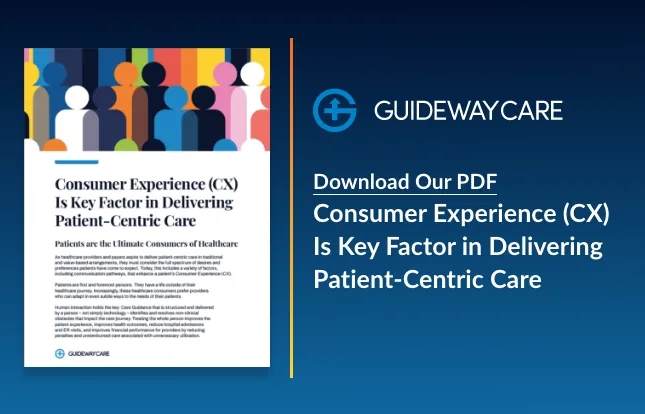Which Social Determinants of Health Lead to Low Care Quality vs. High Healthcare Utilization

Key Points
- Healthcare Organizations, payers and public policymakers can establish effective social determinants of health interventions among type 2 diabetes patients.
- 80% of patient health risk tied to social determinants of health / health equity.
New Humana data identifies which social determinants of Health (SDoH) have the biggest impact on health and well-being, as measured by care quality and acute care utilization.
Findings can help healthcare organizations, payers and public policymakers better determine macro-level effective SDoH interventions among individuals with type 2 diabetes. Thanks to Humana, its survey results and recommended interventions, there is now more definitive guidance on which social determinants of health, like social isolation, were linked to poor care quality and high costs, while others, such as food insecurity, were closely related to healthcare utilization.
As pointed out in a recent article in Patient Engagement HIT, understanding the SDoH has become a high priority for both healthcare providers and payers. It has become clear that the environments in which people live, work, and play have an impact on their well-being and health outcomes. Now, stakeholders are working on how to address SDoH and determine the optimal interventions going forward.
“Guideway’s care guidance programs are increasingly recognized as a leading option for resolving SDoH,” said Tina Graham, chief operating officer, Guideway Care. “Our approach to addressing on-clinical factors is now proving successful for health systems, provider organizations and payers nationwide that are implementing the intervention and interaction of our ‘human’ care guides to overcome a wide range of SDoH. We are truly bringing better health outcomes and quality-of-life to millions of Americans.”
Key to this track record is acknowledgement that nearly 80 percent of patient risk is tied to social, environmental and behavioral factors unrelated to clinical care, with Guideway Care focusing upon five key domains: economics, education, healthcare, social context and environment.
The Humana Study
The Humana researchers, in partnership with experts from the University of California San Diego, zeroed in on over 21,000 Medicare Advantage beneficiaries with type 2 diabetes who answered a health-related social needs (HRSN) survey in 2019.
- Of those beneficiaries, more than half (56.9 percent) had at least one SDOH reported in the HRSN survey.
- This finding was notable, because that 56.9 percent figure is larger than the proportion of all Medicare Advantage beneficiaries reporting at least one SDOH (49.3 percent)
- This indicates that those in the type 2 diabetes population are more likely to experience SDOH.
- The most commonly reported SDoH included financial strain (73.6 percent), food insecurity (47.5 percent), and poor housing quality (39.1 percent).
- These SDoH had different potential to impact the health and well-being of the beneficiaries who experienced them. For example, experiences of loneliness, lack of transportation, utility insecurity, and housing insecurity were all linked to lower diabetes medication adherence, a key element of clinical quality.
Loneliness and lack of transportation were also linked to higher acute care utilization, like increased emergency room visits. Food insecurity, too, was linked to higher acute care utilization, with individuals reporting food insecurity having higher rates of emergency department visits, inpatient encounters and avoidable hospitalizations.
Guiding the Future of Equitable Healthcare
Guideway Care collaborates with health systems, hospitals, payers and providers through an integrated care guidance program driven by a shared objective of improving health equity. Highly trained “Care Guides”’ activate patients through a combination of human engagement, technical innovation and workflow protocols that proactively uncovers and resolves disparities that pose barriers to care access and delivery – risk factors that potentially lead to avoidable health deterioration and utilization.
Clinical staff receive the extended support they need to ensure the delivery of equitable, cost-effective quality care that optimizes patient satisfaction and generates the best possible outcomes. This is where the proposition of care guidance presents the most value to all shareholders.
Contact us for insight into how Guideway Care, as your partner, can implement an efficient and effective care guide solution to support your clinical team and deliver on the promise of health equity based on the needs of the patient populations in your community.
Contact Us Today To Learn How We Can Help
"*" indicates required fields




